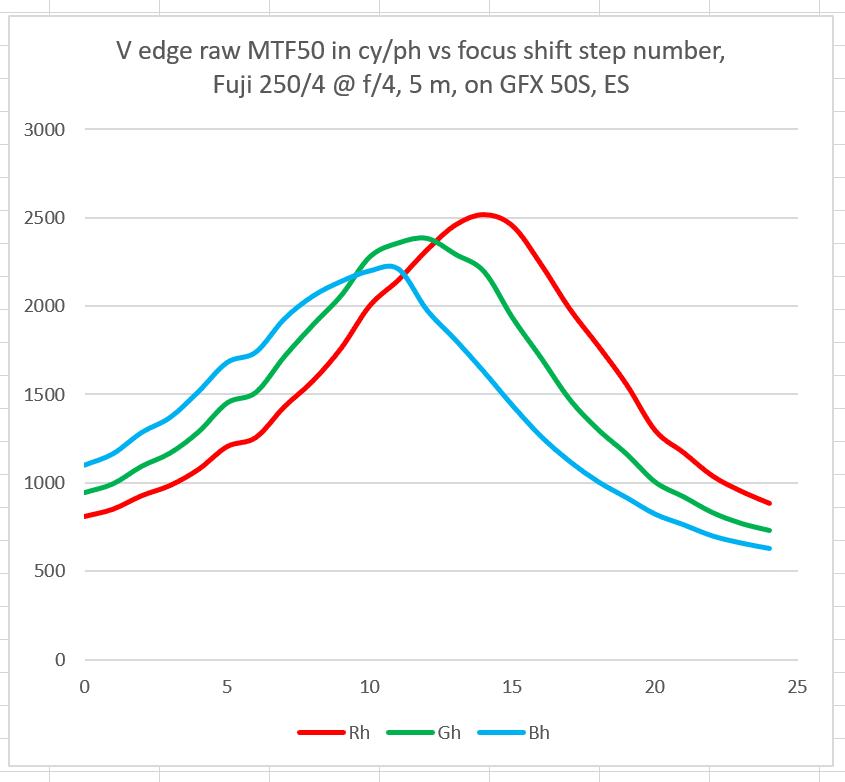
This feature is expected to arrive in stable versions of Microsoft Edge later this year. Keep in mind that Edge must be restarted after changing settings, and the ClearType setting only applies to your primary monitor. Here is a comparison between the default and maximum settings of ClearType Text Tuner: You can see the effect of the ClearType Text Tuner selections you made by viewing a demo page on GitHub. Once done, you can test the updated experience by running ClearType Text Tuner (search for “Adjust ClearType Text” in Windows Search) and trying the sample texts one by one. To activate the new feature, go to Edge Canary’s flags menu and activate the #edge-enhance-text-contrast flag.

This new update will also allow Microsoft Edge to honor the user’s ClearType Tuner settings when applying text contrast enhancement and gamma correction. As per the description of the Experimental Flag, users will notice improved contrast, gamma correction, quality and clarity improvements if they use the feature correctly. Microsoft has already enabled the new font rendering experience in Canary builds. Img_erode = cv2.With the next release of Chromium Edge, Microsoft is announcing that it will update the font rendering experience to match the standards of other native Windows apps, like Calculator, Groove Music, and more. Img_dilate = cv2.dilate(img_canny, kernel, iterations=3)

For example, the values def process(img): You can omit the drop by tweaking some values int the process function.

Img_erode = cv2.erode(img_dilate, kernel, iterations=4)Ĭontours, hierarchies = cv2.findContours(process(img), cv2.RETR_EXTERNAL, cv2.CHAIN_APPROX_NONE)Īpprox = cv2.approxPolyDP(cnt, 0.004 * peri, True)Ĭv2.drawContours(img,, -1, (255, 255, 0), 2) FastRawViewer is a seperate application, available for mac and windows, that has this feature. I haven't found a plugin for lightroom that will do this There are some actions for Photoshop that use High Pass Filter as a starting point. Img_dilate = cv2.dilate(img_canny, kernel, iterations=4) It analyses the image to find edges of highest contrast and shows these areas as they are likely to be in focus. Img_gray = cv2.cvtColor(img, cv2.COLOR_BGR2GRAY)

One more important part is to fill in the gaps in the detected edges by dilating the edges and then eroding them.Īll of the above is implemented in the process function the draw_contours function basically utilizes the process function, and detects the greatest contour: import cv2 We have this image and we want to detect the edges of the microphone:īasically, I converted the image to grayscale, added a Gaussian blur, and detected the edges using the canny edge detector.


 0 kommentar(er)
0 kommentar(er)
